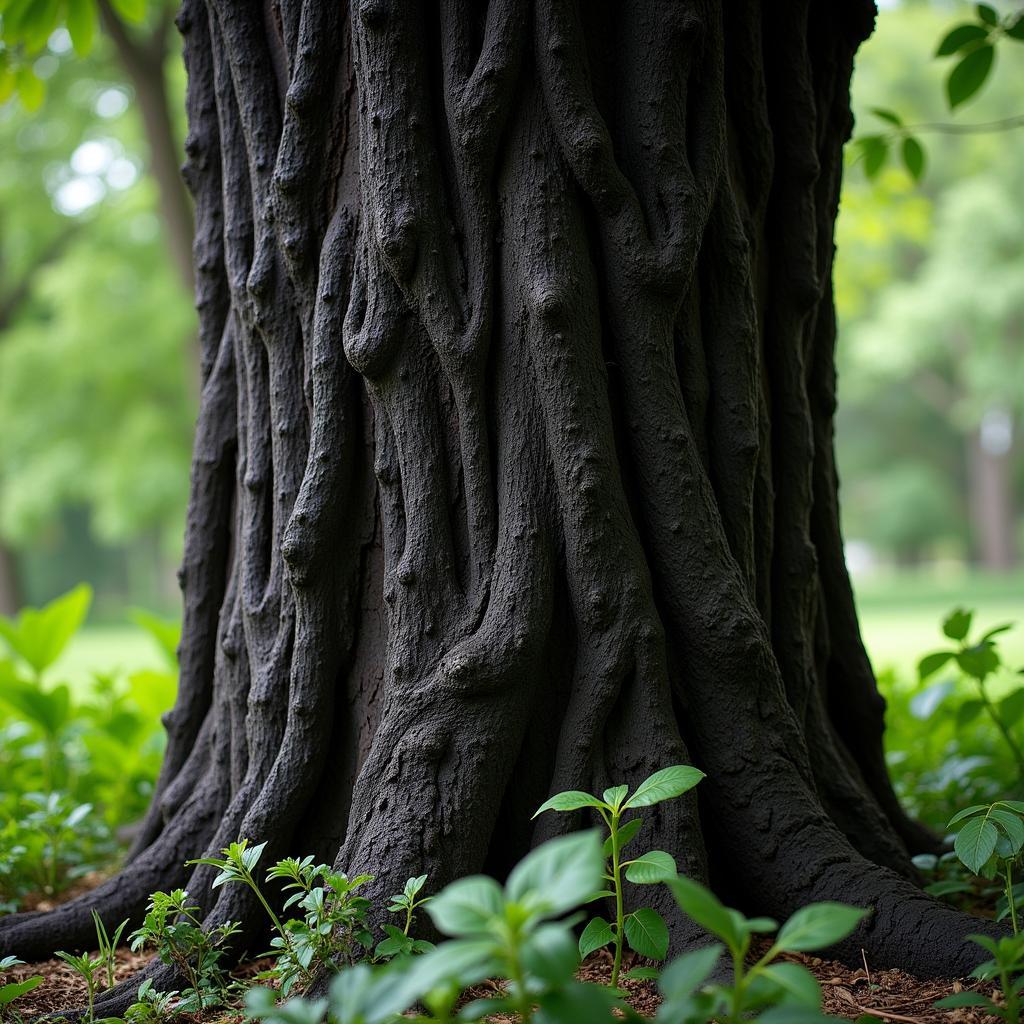A Vibrant Tapestry: Exploring South African Attire
South African Attire is a fascinating fusion of cultural heritage and modern influences. From the intricate beadwork of the Ndebele people to the sharp suits of Johannesburg businessmen, clothing in South Africa tells a story of diversity, resilience, and creativity. This article delves into the rich tapestry of South African attire, exploring its history, significance, and evolution.
A Kaleidoscope of Cultures: Traditional South African Clothing
South Africa, often dubbed the “Rainbow Nation,” is home to a multitude of ethnic groups, each with its unique dress traditions. These garments are not merely pieces of cloth but powerful symbols of identity, status, and heritage.
The Ndebele: Masters of Geometric Elegance
The Ndebele people, renowned for their vibrant artistry, showcase their creativity through their distinctive attire. Women traditionally wear beaded aprons, known as iijogolo, adorned with intricate geometric patterns. These designs often reflect personal stories, social standing, or even political affiliations. Men typically wear animal skin garments embellished with beads and feathers, symbolizing their roles as hunters and warriors.
The Zulu: Animal Hides and Beaded Majesty
The Zulu people, the largest ethnic group in South Africa, have a rich tradition of clothing that reflects their warrior history and deep connection to nature. Men often wear animal hides, with leopard skin reserved for royalty and high-ranking individuals. Women’s attire varies depending on their marital status, with elaborate beaded skirts and headdresses signifying married women.
The Xhosa: Red Ochre and Symbolic Adornments
The Xhosa people are known for their intricate beadwork and the use of red ochre in their clothing. The color red holds significant cultural meaning, often associated with fertility and ancestral spirits. Women’s attire includes long skirts, beaded aprons, and elaborate headdresses, while men traditionally wear animal skin cloaks and beaded necklaces.
From Apartheid to Afrofuturism: Modern Influences on South African Attire
The history of South African attire is inextricably linked with the country’s turbulent past. The apartheid era saw attempts to suppress indigenous cultural expression, but these traditions endured, often becoming symbols of resistance.
The Rise of Contemporary Fashion
Post-apartheid South Africa has witnessed a blossoming fashion scene, with designers drawing inspiration from both traditional heritage and global trends. This fusion has given rise to unique styles that celebrate South Africa’s cultural diversity and its emergence as a global player in the fashion world.
Afrofuturism: Imagining a Bold Future
A particularly exciting development is the rise of Afrofuturism in South African fashion. This movement blends science fiction, fantasy, and African aesthetics to create striking and imaginative designs. Afrofuturism reflects a forward-looking perspective, imagining a future where African culture and creativity take center stage.
Frequently Asked Questions
1. What is the significance of beadwork in South African attire?
Beadwork plays a crucial role in many South African cultures. It’s not merely decorative but serves as a form of visual language, conveying messages about identity, status, and even personal stories.
2. How has South African attire evolved in recent years?
South African attire has seen a resurgence of interest in traditional garments, often incorporated into modern designs. The country has also witnessed the rise of contemporary fashion designers who draw inspiration from both local heritage and global trends.
3. What is Afrofuturism, and how is it reflected in South African fashion?
Afrofuturism is a cultural movement that combines science fiction, fantasy, and African aesthetics. In fashion, it translates into bold, imaginative designs that challenge conventional norms and envision a future shaped by African creativity.
4. Where can I learn more about specific cultural groups and their attire in South Africa?
Numerous resources are available online and in libraries that delve deeper into the specific traditions of South Africa’s diverse cultural groups. Museums dedicated to cultural heritage often showcase traditional clothing and provide valuable insights.
5. Are there any etiquette guidelines to follow when appreciating South African attire?
When admiring someone’s traditional attire, it’s always respectful to ask for permission before taking photographs. Show genuine interest by asking about the cultural significance of the garments and the stories behind their designs.
Discover More About South African Culture
Interested in learning more about the vibrant cultural tapestry of South Africa? Explore these related articles:
Need Assistance?
For any inquiries or assistance, feel free to reach out to our dedicated team:
Phone: +255768904061
Email: [email protected]
Address: Mbarali DC Mawindi, Kangaga, Tanzania
Our customer service team is available 24/7 to assist you.


